Navigating Slip and Fall Settlement Offers: When to Accept

A slip and fall settlement offers financial compensation for injuries, varying by severity, jurisdic…….
In a world where human interactions with physical spaces are inevitable, ensuring safety and managing risks associated with slip and fall incidents have become paramount. “Slip and Fall Settlement” refers to the legal and financial process that unfolds when an individual suffers an injury due to a slip or fall on someone else’s property or in a public space. This complex interplay involves insurance claims, compensation, and legal negotiations, shaping not just individuals’ lives but also business operations, urban landscapes, and global economic dynamics. This article aims to dissect the intricate world of slip and fall settlements, exploring historical roots, global impact, economic implications, technological innovations, policy frameworks, challenges, and promising future directions. By delving into these aspects, we can gain a comprehensive understanding of how these settlements shape our society and what lies ahead in this evolving domain.
A slip and fall settlement is a legal and financial outcome resulting from personal injury cases where an individual (plaintiff) slips, trips, or falls on another party’s property (defendant) due to hazardous conditions. This can include situations like stepping on a wet floor in a supermarket, slipping on ice in a public park, or falling because of uneven pavement in a city street. The core components of a slip and fall settlement typically involve:
The concept of slip and fall settlements has deep roots in common law jurisdictions, dating back centuries. Historically, courts recognized that property owners had a duty of care to visitors, particularly regarding known hazards. Over time, legal precedents and statutes have refined these principles, leading to the establishment of clear guidelines for liability and compensation.
The significance of slip and fall settlements lies in their impact on both individuals’ lives and broader societal functions:
Slip and fall settlements are a global phenomenon, but their application and outcomes vary significantly across regions due to diverse legal systems, cultural norms, and economic factors:
Several trends shape the global landscape of slip and fall settlements:
The economic aspects of slip and fall settlements are multifaceted, influencing both the plaintiff’s financial situation and broader market trends:
Economic considerations play a crucial role in shaping slip and fall settlements:
Technological advancements have revolutionized the claims process in slip and fall settlements:
The future of technology in slip and fall settlements holds immense promise:
The legal framework surrounding slip and fall settlements varies globally but generally includes:
Policy and regulatory frameworks play a pivotal role in:
Despite its well-established foundations, the slip and fall settlement process faces several challenges:
Criticisms of the current system have led to several actionable strategies:
Several case studies highlight successful slip and fall settlement applications, providing valuable insights:
Case Study 1: “The Mall Slip and Fall”
Scenario: A customer slipped on a wet floor in a popular shopping mall, suffering significant injuries. The mall owner argued that they had no knowledge of the spill and had posted warning signs. However, the plaintiff’s lawyer presented surveillance footage showing cleaning staff knew about the spill but failed to address it promptly.
Outcome: The court ruled in favor of the plaintiff, emphasizing the mall owner’s duty of care and their failure to fulfill it. This case set a precedent for holding businesses accountable for known hazards.
Lesson Learned: Proactive risk management and thorough documentation are crucial, as is recognizing that warning signs alone may not be adequate proof of due diligence.
Case Study 2: “City Park Ice Melting Initiative”
Background: A city faced numerous slip and fall lawsuits related to ice on public parks’ walking paths during winter. The city administration implemented a comprehensive ice melting program, including real-time weather monitoring and rapid response teams.
Impact: The number of slip and fall incidents decreased significantly, leading to reduced legal claims and improved public safety. This case demonstrated the cost-effectiveness and practicality of proactive measures.
Lesson Learned: Investing in preventive strategies can yield substantial long-term savings and enhance community well-being.
Case Study 3: “Product Liability Settlement”
Incident: A consumer slipped and fell while using a defective step stool, sustaining injuries. The manufacturer recalled the product line due to similar incidents.
Legal Process: The plaintiff filed a product liability claim, arguing that the stool’s design was negligent. The manufacturer settled out of court, recognizing the potential for significant damages and the strength of the plaintiff’s case.
Result: This case underscored the importance of product safety standards and encouraged manufacturers to prioritize quality control to avoid costly litigation.
Lesson Learned: Proactive product recall policies and robust quality assurance can prevent legal disputes and protect both consumers and businesses.
The future of slip and fall settlements holds several promising avenues:
Several emerging trends are shaping the future:
The slip and fall settlement landscape is intricate, multifaceted, and ever-evolving. From historical roots to global trends, technological advancements, and policy frameworks, this domain reflects society’s ongoing struggle to balance individual rights with collective responsibilities. As our world becomes more interconnected and technologically sophisticated, the challenges and opportunities within slip and fall settlements will continue to shape legal practices, risk management strategies, and public safety initiatives.
By embracing technological innovations, promoting proactive risk management, and fostering international cooperation, we can strive for a future where slip and fall incidents are minimized, settlements are fair and efficient, and communities thrive in safer environments. This comprehensive approach ensures that the complexities of slip and fall settlements contribute to a more just and resilient society.

A slip and fall settlement offers financial compensation for injuries, varying by severity, jurisdic…….
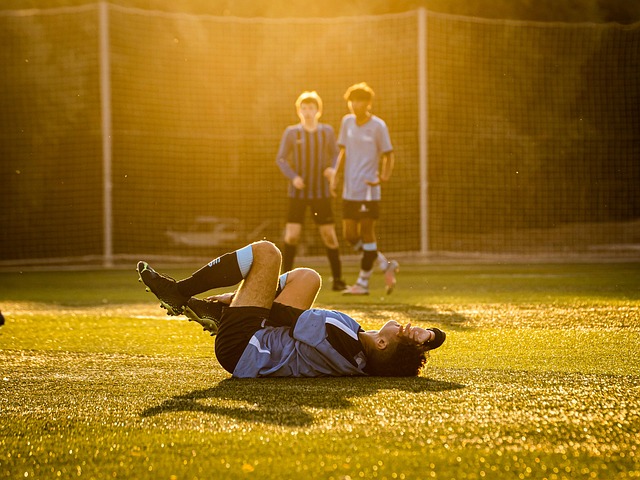
In a slip and fall incident, understanding premises liability laws and your rights is vital for seek…….
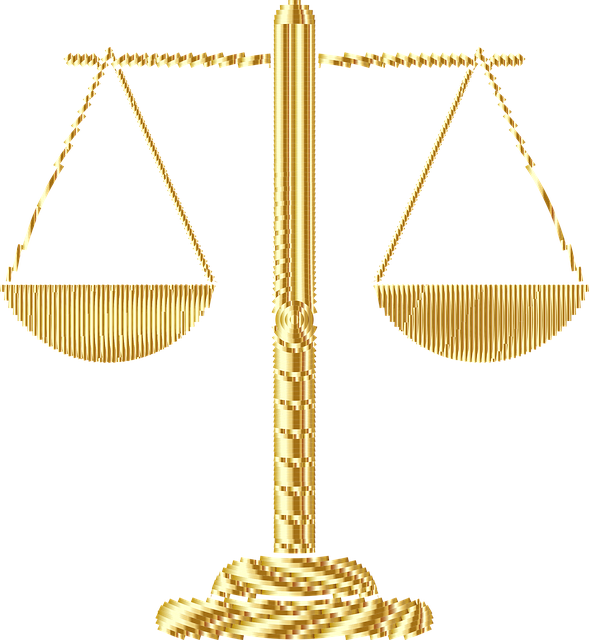
After a slip and fall incident, hiring a lawyer is crucial for navigating a successful slip and fall…….
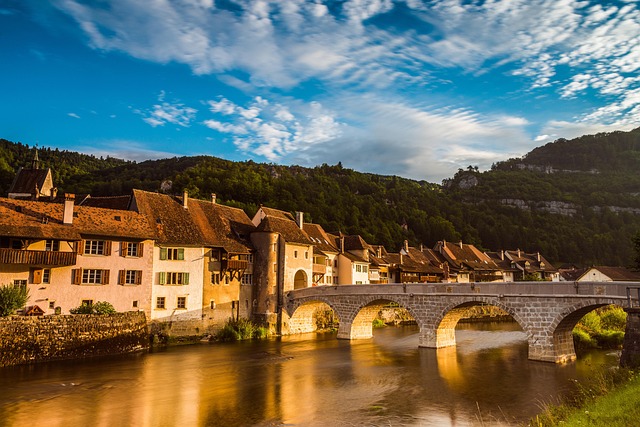
Punitive damages are an integral part of slip and fall settlements, punishing negligent behavior and…….
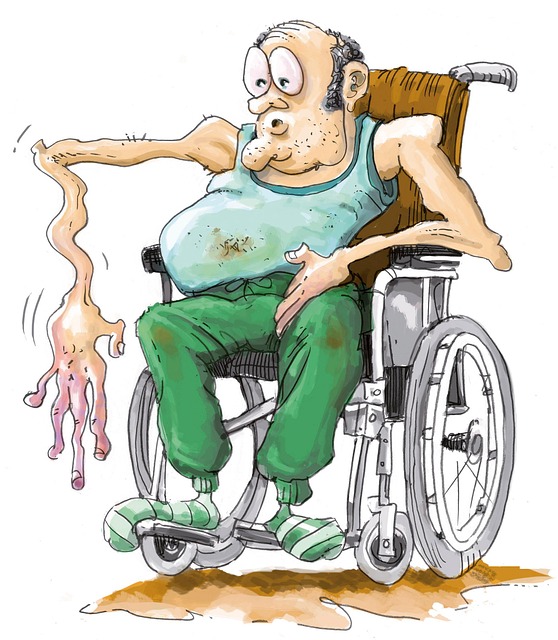
Slip and fall accidents at work are common due to hazardous conditions like slippery surfaces, poor…….

A slip and fall settlement is a financial agreement between a victim and responsible party, with com…….
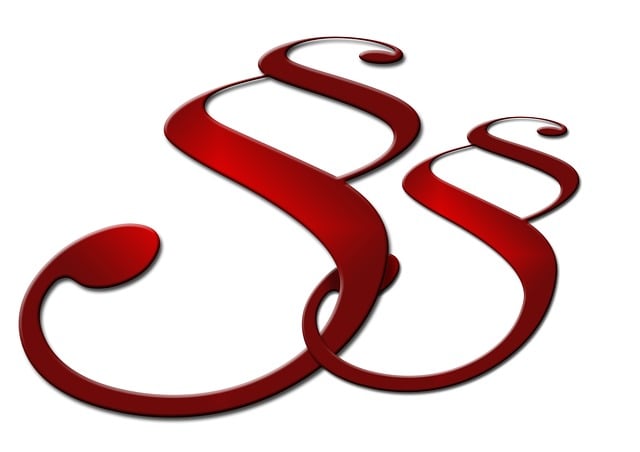
Slip and fall settlements require understanding the process, immediate medical attention, thorough d…….
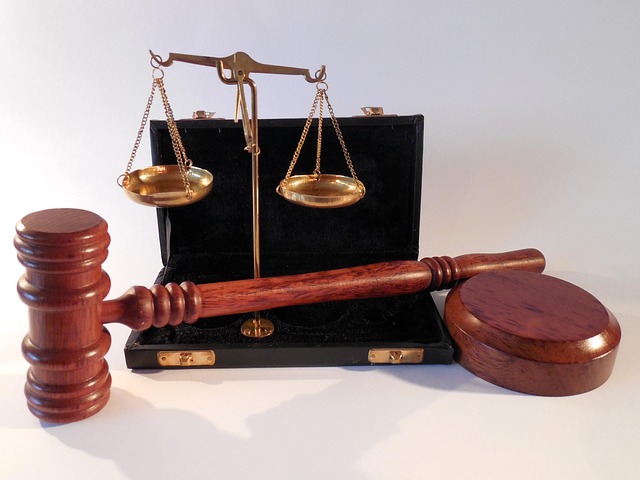
Slip and fall settlement letters are critical legal documents facilitating negotiations for personal…….

Punitive damages in slip and fall settlements serve as punishment and deterrent for malicious or rec…….